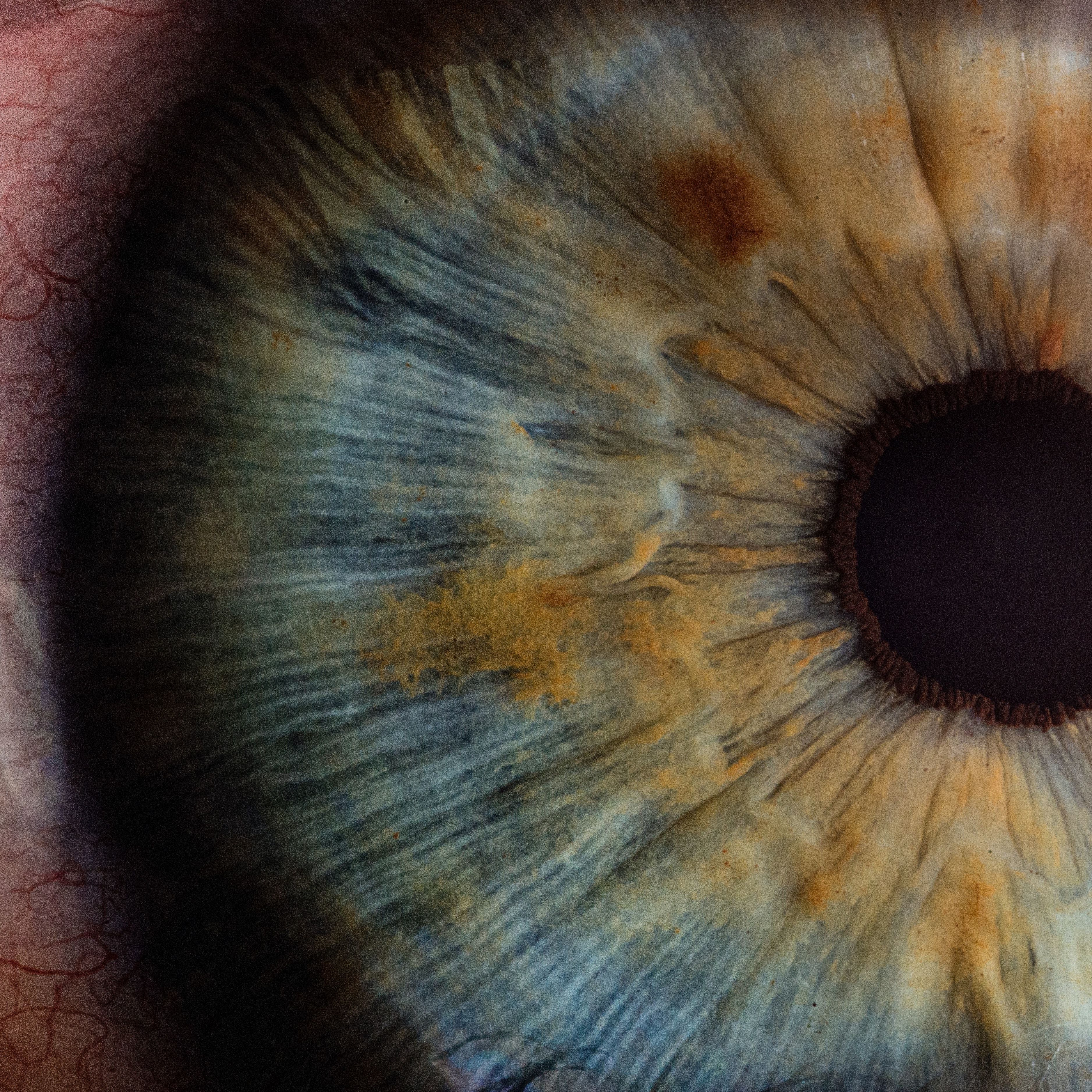Article
New Muscular Dystrophy Drug Granted FDA Orphan Designation
Author(s):
Almost exactly one year after it received Orphan Drug Designation in the EU, Benitec has been granted Orphan Drug Designation for its product BB-301, which is being developed to treat oculopharyngeal muscular dystrophy, by the U.S. FDA.
Almost exactly one year after it received Orphan Drug Designation in the European Union (EU), Benitec has been granted Orphan Drug Designation for its product BB-301, which is being developed to treat oculopharyngeal muscular dystrophy (OPMD), by the U.S. Food and Drug Administration (FDA).
The designation will permit the company to expedite BB-301 through steps of development, including clinical regulatory approvals, potential extension of patient duration, tax credits for qualified trials, and an exemption from FDA application fees.
Oculopharyngeal muscular dystrophy is a hereditary condition characterized by muscle weakness. It typically presents in adulthood — after age 40 – and initial symptoms most frequently include ptosis (droopy eyelids), followed by dysphagia. Other symptoms can include weakness in the muscles near the center of the body, weight loss and extreme dehydration.
The disease becomes life-threatening when patients experience aspiration pneumonia and severe emaciation.
Per Benitec chief executive officer Greg West, the company has hopes to get the drug into human clinical trials by the fourth quarter of 2018. “We believe BB-301 represents a promising new approach for the treatment of oculopharyngeal muscular dystrophy and has potential to make a meaningful impact for patients who have this debilitating disease.”
The BB-301 gene therapy uses DNA directed RNA interference (ddRNAi) to silence expression of the mutant gene associated with OPMD, while at the same time adding back a copy of the normal version of the same gene to restore function. The combination of ‘silence’ and ‘replacement’ functions in a single vector allows Benitec to focus its manufacturing efforts for the program on one product, streamlining the regulatory process and lessening the intricacy of the clinical strategy.
“We also believe this program, if successful, can act as a proof of concept for our ground breaking ‘silence and replace’ technology for other therapeutic targets potentially expanding market opportunities for Benitec and paving the way for the development of other monogenic orphan disease programs in the future,” West said.
BB-301 is currently undergoing nonclinical safety studies and Benitec intends to submit an investigational New Drug (IND) Application by the end of the year. Additionally, the company has discussed regulatory development pathways for BB-301 with the FDA, Health Canada and European bodies, as well as optimization of production processes and protocols.
For more from the FDA, including applications, designations and approvals, follow Rare Disease Report on Facebook and Twitter.





